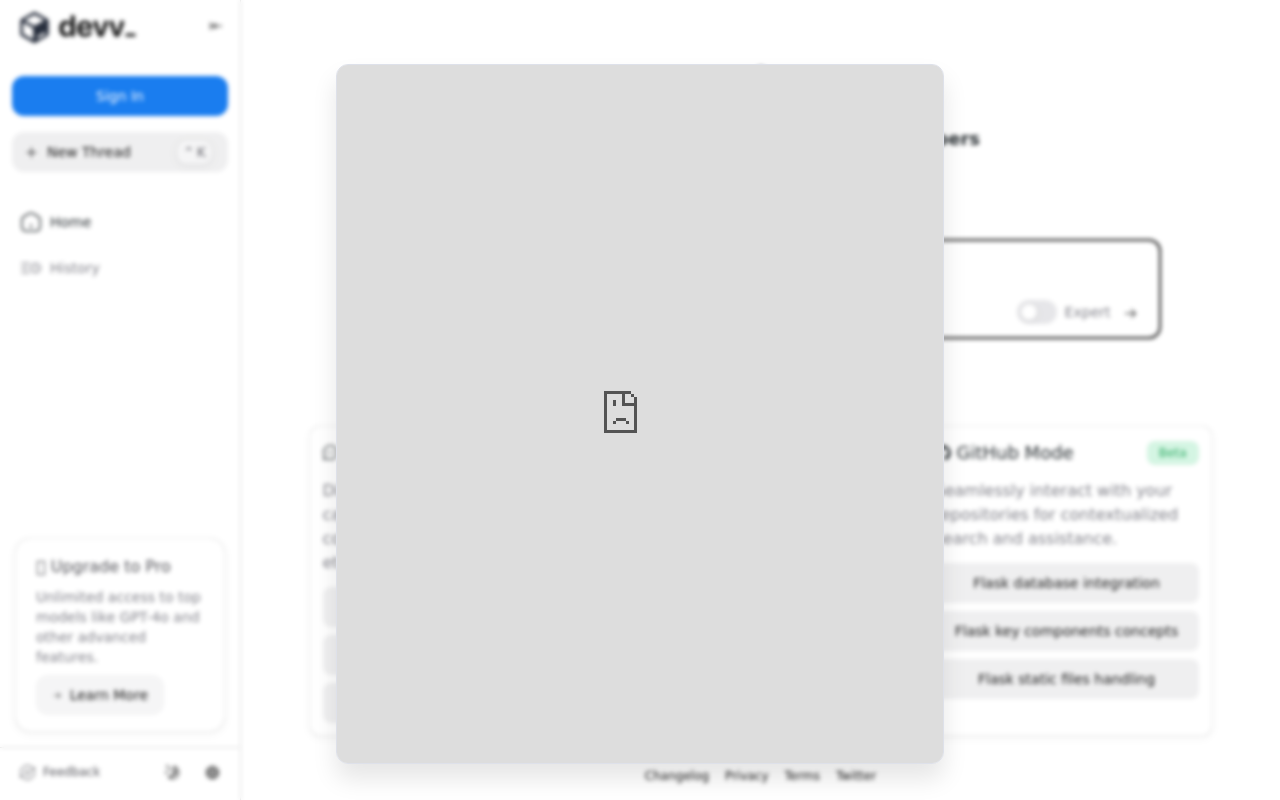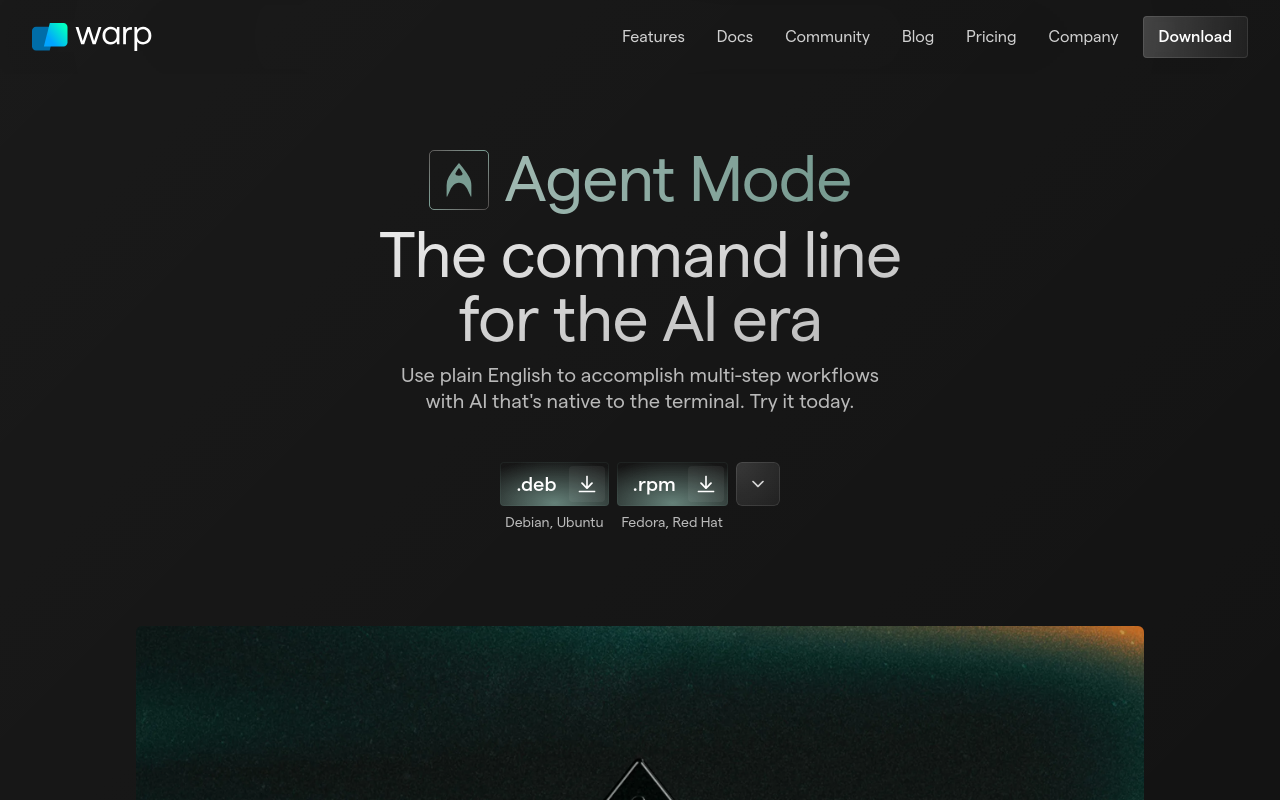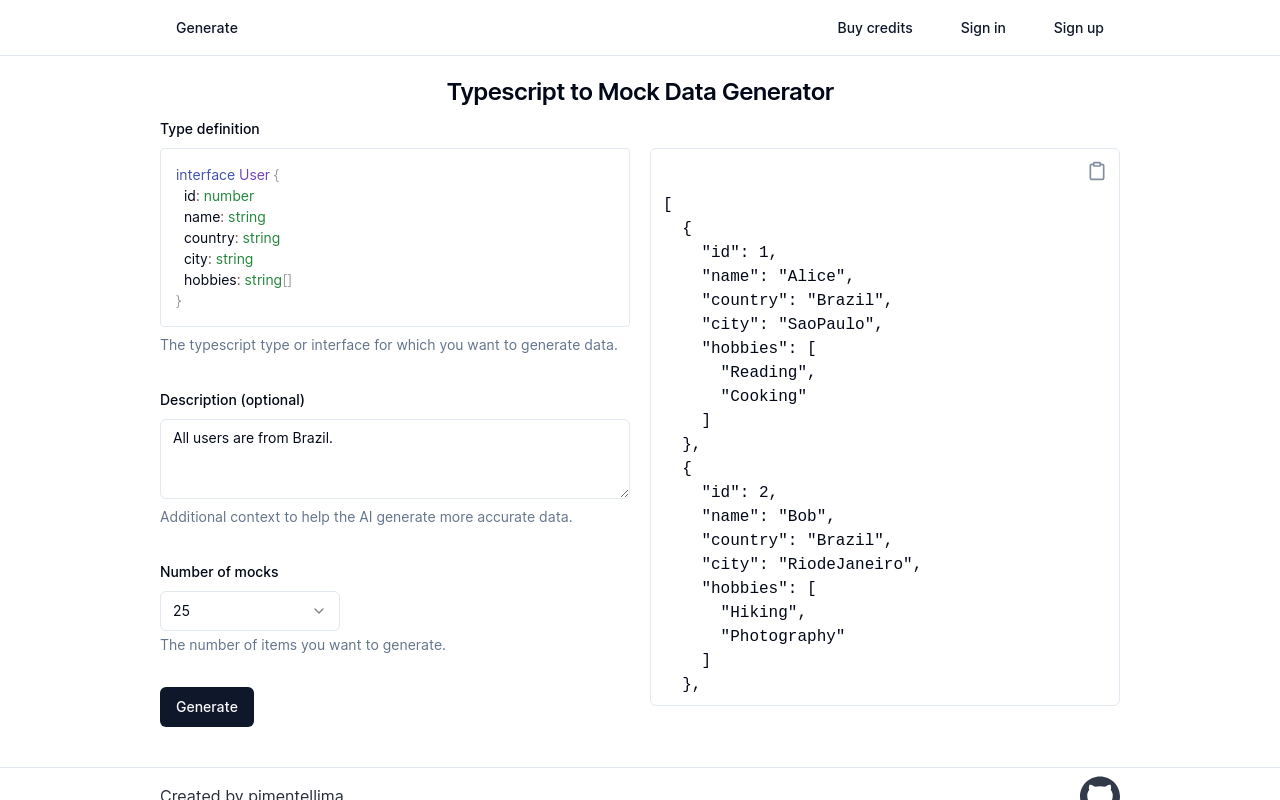Best for:
- Machine Learning Engineers
- Data Scientists
- Business Stakeholders
Use cases:
- Model Monitoring
- Model Explainability
- Data Integrity Checks
Users like:
- Data Science
- Research and Development
- IT Operations
What is Censius?
Quick Introduction
Censius is an innovative AI observability platform designed for data scientists, machine learning engineers, and business stakeholders. It enables users to closely monitor, explain, and analyze the performance of their machine learning (ML) models throughout their lifecycle. The platform offers a suite of tools to identify model drifts, troubleshoot unstructured data issues, and ensure compliance and data integrity. This tool is particularly useful for enterprises aiming to scale their AI initiatives efficiently and reliably. Through its robust features like LLM embedding visualizations and continuous prompt checks, Censius focuses on delivering high-performing, transparent models that align with business KPIs.
Pros and Cons
Pros
- Comprehensive Monitoring: Censius provides end-to-end visibility and ensures thorough performance tracing of your ML models.
- Explainability: The platform offers extensive explainability features to build trust among stakeholders and eliminate bias.
- Integration Options: The tool integrates seamlessly with numerous platforms, making it flexible and easy to deploy.
Cons
- Premium Pricing: The extensive feature set might come at a higher cost, especially for small businesses.
- Learning Curve: Due to its exhaustive functionalities, new users might find it complicated to navigate initially.
- Resource Intensive: Requires robust infrastructure for optimal performance, which may be a limiting factor for some organizations.
TL;DR
- ML Model Monitoring
- Data Integrity Checks
- Explainability Features
Features and Functionality
- Model Monitoring: Censius continuously monitors dozens of ML vitals to instantly identify and fix performance issues. It provides real-time model performance data to increase ROI and minimize operational expenditure.
- Explainability: Offers comprehensive tools like root cause analysis, global, local, and cohort explainability to establish model governance and fairness metrics.
- Data Integration: Seamlessly track the ML pipeline with an array of monitors to check for data consistency and quality.
- Performance Tracing: Deep dive into model behavior with advanced visualizations, ensuring each model iteration meets the desired performance benchmarks.
- Scalability: Designed to scale with enterprise needs, the platform efficiently handles numerous models and large datasets.
Integration and Compatibility
Censius integrates effortlessly with a variety of platforms, particularly Java & Python SDKs. Additionally, it offers compatibility with REST API, allowing seamless deployment either on-premise or in the cloud.
Do you use Censius?
The tool supports integration with popular ML ops tools and platforms, making it a flexible choice for diverse technological ecosystems.
Benefits and Advantages
- Improved Accuracy: Through real-time monitoring and proactive troubleshooting, models stay performant and reliable.
- Time Saved: Automated compliance and data integrity checks help in ensuring consistent model performance, reducing the time and effort spent on manual checks.
- Enhanced Decision-Making: Global, local, and cohort explainability offers invaluable insights, aiding in better decision-making.
- Scalability: Handles large datasets and multiple model versions effectively, meeting the needs of expanding enterprises.
- Data Quality: Continuous compliance checks ensure data integrity, eliminating discrepancies and maintaining consistency.
Pricing and Licensing
Censius operates on a flexible pricing model tailored to accommodate different user needs. They offer various tiers, including a freemium model for basic users, subscription-based pricing for more advanced features, and enterprise packages for large-scale deployment. Users may also request a demo to explore the tool’s capabilities before committing.
Support and Resources
Users have access to a wealth of support options including comprehensive product documentation, a rich knowledge base, and community forums. Additionally, Censius offers personalized MLOps consultation services and maintains a blog and ever-growing collection of ebooks to help users stay updated on the latest trends in AI observability.
Censius as an alternative to:
Censius shines as an alternative to platforms like Kubeflow by offering deeper integration options and a higher focus on explainability and transparency. Unlike Kubeflow which primarily caters to pipeline orchestration, Censius aims to provide an all-in-one solution that extensively covers monitoring, explainability, and data integrity.
Alternatives to Censius:
- Kubeflow: Ideal for users looking for robust pipeline orchestration and scalable machine learning workflows.
- WhyLabs: Offers comprehensive monitoring-specific functionalities but lacks some of the deeper explainability features that Censius excels at.
- Arize AI: A good choice for performance tracing and root-cause analysis but may not offer the same level of integration flexibility as Censius.
Conclusion
Censius is a standout AI observability tool designed to deliver comprehensive monitoring, explainability, and data integrity solutions for ML models. Whether you are a data scientist, an ML engineer, or a business stakeholder, Censius offers powerful features to ensure that your machine learning initiatives are efficient, reliable, and scale effectively. With its real-time alerting, advanced visualizations, and expansive integration options, Censius is a robust choice for enterprises looking to optimize their AI investments.



